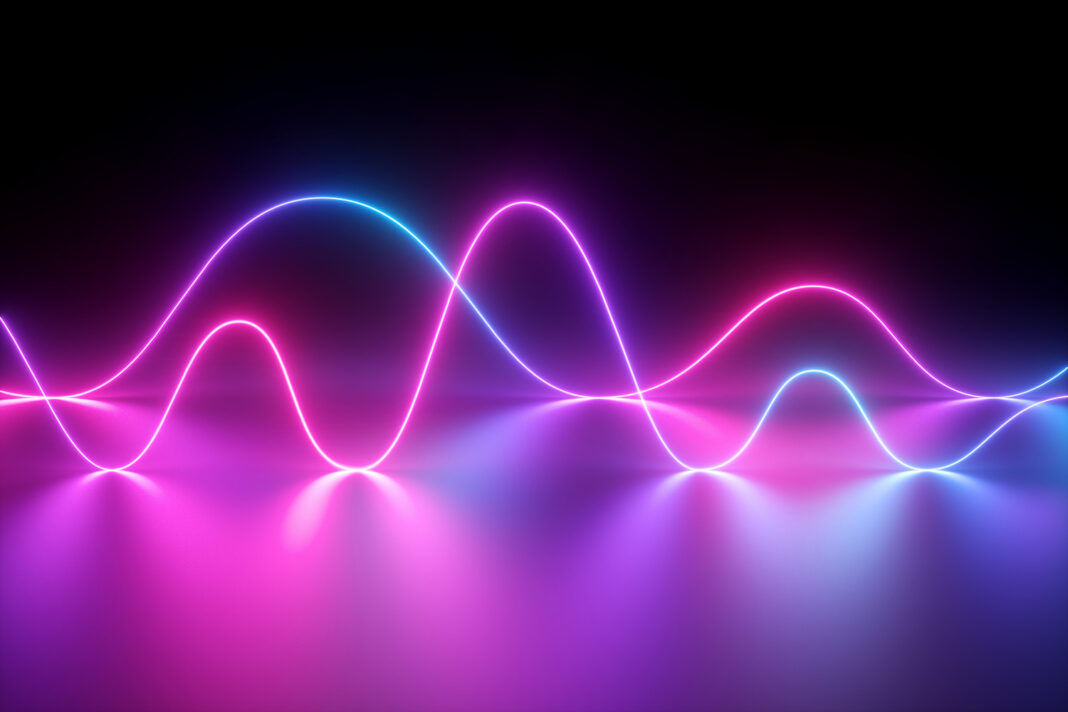Scientists at the National University of Singapore (NUS) have used bacteria for recording, storing, and retrieving images in DNA. This biological analog to a digital camera, which the authors have named “BacCam,” is a crucial step for DNA data storage techniques and the merging of biological and electronic systems.
The article, “A biological camera that captures and stores images directly into DNA,” was published in Nature Communications.
Prior to this publication, there were two landmark papers that addressed either the use of cells to capture light or the storage of images into DNA, but not the two together. In May 2017, researchers from the lab of Christopher Voigt, PhD, at the Massachusetts Institute of Technology (MIT) developed a system to produce ‘color photographs’ on bacterial culture plates by controlling pigment production and to redirect metabolic flux by expressing CRISPRi guide RNAs. Two months later, researchers in the lab of George Church, PhD, at Harvard Medical School demonstrated a method for encoding images via de novo DNA synthesis before insertion into the bacterial genome.
The BacCam is a significant step in creating living digital cameras. First author Cheng Kai Lim, a PhD-MBA Candidate in the NUS Graduate School of Integrative Sciences and Engineering, and coworkers present a workflow utilizing molecular biology methods, optogenetics, barcoding techniques, and biological systems to permanently record digital information, like images, within DNA.
The initial BacCam, developed in the lab of Chueh Loo Poh, PhD, used a recombinase system that recorded the exposure of E. coli to blue light from the environment by editing DNA at a specific site. To capture a multi-pixel image, the researchers added a component to incorporate the simultaneous capture of spatial information with input signals via light. To do so, they took a population of E. coli containing the above-mentioned circuit and put them in individual wells of a black, clear-bottomed 96-well plate, upon which a predefined pattern of blue light was projected from below.
As a proof of concept, they used the BacCam to record a few simple pixel patterns, such as the letters “BACCAM” and a smiley face. BacCam was also used to encode data, such as the letters and symbols that spelled “Heloo wo|d!” in 8-bit ASCII code, by assigning each well as a bit and each column (8 wells) to encode one ASCII symbol.
The Singaporean researchers also showed that they could randomly access the images and accurately reconstruct them. By layering a second, orthogonal light system on top of the first, blue one, they are able to capture images in multiple colors, greatly expanding the workflow’s scalability and density.
Cell-based biological camera advantages
The use of living cells as the encoder for DNA data storage in this work offers several advantages over de novo in vitro DNA synthesis-based data storage formats. Living cells are an ever-renewing source of DNA, making it cost effective to produce at scale. Cells also possess a multitude of systems that can interface with DNA, such as transcription factor binding proteins, and are also able to respond to a multitude of stimuli ranging from chemical to light and electrical means that can also be recorded into DNA in vivo. Furthermore, in BacCam, the writing step is done in parallel, as each bit is encoded at the same time. As such, the latency of writing is greatly reduced.
As the field of DNA data storage continues to progress, there is an increasing interest in bridging the interface between biological and digital systems. This work showcases further applications of DNA data storage that recreate existing information capture devices in a biological form, providing the basis for continued innovation in information recording and storage.


